Cheongsongsan Ojingeo (청송산오징어)
13.1Km 2021-03-29
8, Namhyeon 1-gil, Gwanak-gu, Seoul
+82-2-584-5286
It's a great place to hold group dining and group meetings. The best menu at this restaurant is sliced raw squid. This Korean dishes restaurant is located in Gwanak-gu, Seoul.
Vista Nocturna del Puente Mapodaegyo (마포대교 야경)
13.2Km 2021-03-26
Mapo-dong, Mapo-gu, Seúl.
+82-2-3153-8365
El Puente Mapodaegyo une las áreas de Yonggan-dong y Yeouido, y tiene 1.400 metros de largo y 25 metros (6 carriles) de ancho. Es el cuarto puente construido en el río Hangang después del puente Hannamdaegyo.
Finalizada su construcción en mayo de 1970, en su inicio era llamado "Puente de Seúl" pero desde 1984 empezaron a llamarlo "Puente Mapodaegyo".
The Hyoosik Aank Hotel Sinchon (더휴식 아늑호텔 신촌점)
13.2Km 2025-04-11
49, Yonsei-ro 2-gil, Seodaemun-gu, Seoul
Wan Chai (완차이)
13.2Km 2019-04-10
50-7, Myeongmul-gil, Seodaemun-gu, Seoul
+82-2-392-0302
Wan Chai is a Chinese restaurant with a name meaning "spicy," and is a must-visit for those who love spicy food. Rather than the original spicy Chinese Sichuan cuisine, a small amount of Korean spices have been added to create even better tasting dishes.
The most popular item on the menu is a large plate of reddened mussels known as the Extra Spicy Stir-fried Mussels. The dish is a mixture of spicy red peppers, garlic, and spicy sauce, stir-fried to perfection. Many customers also come in for the gul jjamppong (spicy noodle soup with oysters). Even the jajangmyeon (noodles in black bean sauce) tastes great here, with clean-tasting black soy bean sauce. Finally, for dessert, lychee is served, a unique treat to finish off a meal at Wan Chai.
Daemun (대문)
13.2Km 2025-05-19
139-6, Sirubong-ro, Dobong-gu, Seoul
Hanjeongsik Daemun (한정식대문)
13.3Km 2021-03-30
139-6, Sirubong-ro, Dobong-gu, Seoul
+82-2-956-0843
It is a Hanjeongsik (Korean Table d'hote) restaurant where you can eat neatly. This Korean dishes restaurant is located in Dobong-gu, Seoul. The representative menu is soy sauce marinated crab.
Jardín Botánico de Seongnam (은행자연관찰원(성남시시립식물원))
13.3Km 2020-08-19
Eunhaeng-ro 72, Jungwon-gu, Seongnam-si, Gyeonggi-do
+82-31-729-4319
El Jardín Botánico de Seongnam, manejado por el Ayuntamiento de Seongnam, era un área de drenaje cerrada, que se tranformó en un parque ecológico con un arboreto. Está ubicado en Eunhaeng-ro 72, Jungwon-gu, Seongnam-si. El jardín es rico en vegetación, con una cantidad de plantas, flores salvajes e insectos, convirtiéndolo en un lugar ideal para ver y aprender la naturaleza para estudiantes. El jardín también es un área de recreación para residentes locales.
MBRO Donkkaseu (엠브로돈까스)
13.3Km 2021-03-18
26, Myeongmul-gil, Seodaemun-gu, Seoul
+82-2-363-5241
This is a Japanese cuisine located in Sinchon, Seoul. It sells even spicy pork cutlet. The best menu at this restaurant is pork cutlet.
Antigua Casa Kansong (간송옛집)
13.3Km 2025-03-27
Sirubong-ro 149-18, Dobong-gu, Seúl
Cheongdamdong Pojangmacha (청담동포장마차)
13.4Km 2021-04-06
25, Yonsei-ro 4-gil, Seodaemun-gu, Seoul
+82-2-363-4377
It is famous for its delicious yet inexpensive and varied snacks. This Korean dishes restaurant is located in Seodaemun-gu, Seoul. The representative menu is rolled omelet with cheese.
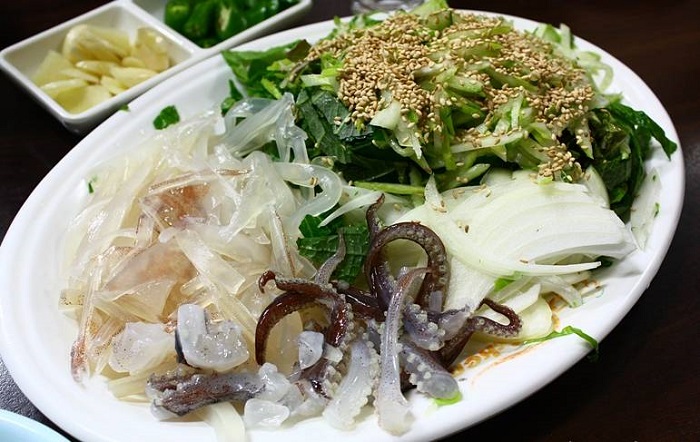
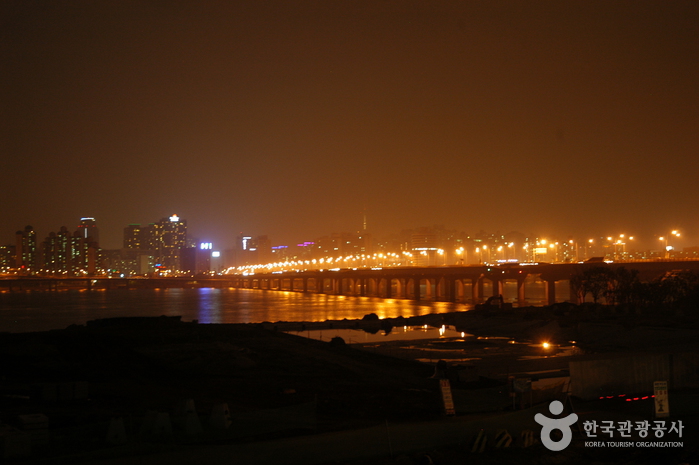
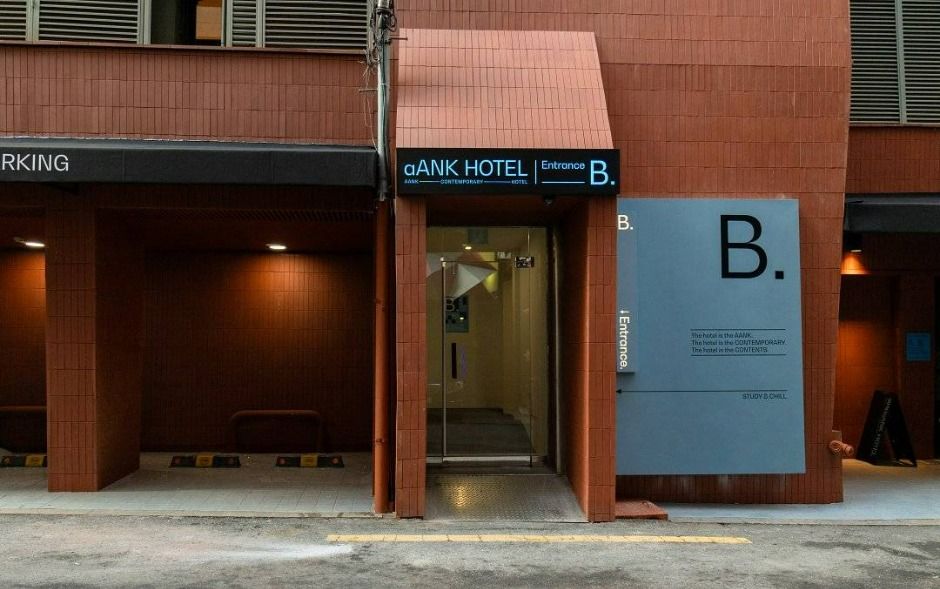
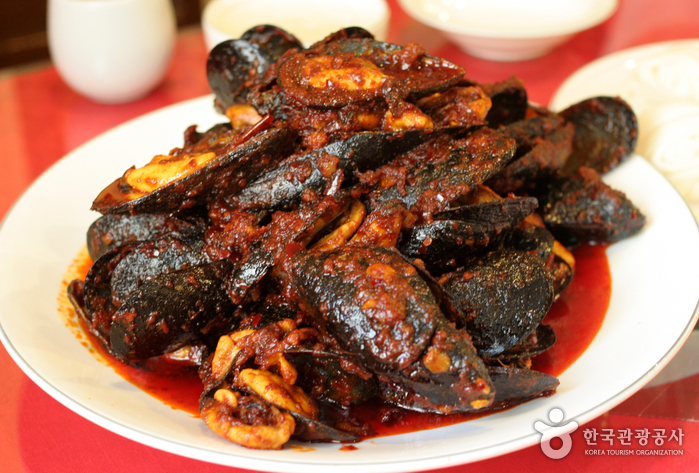

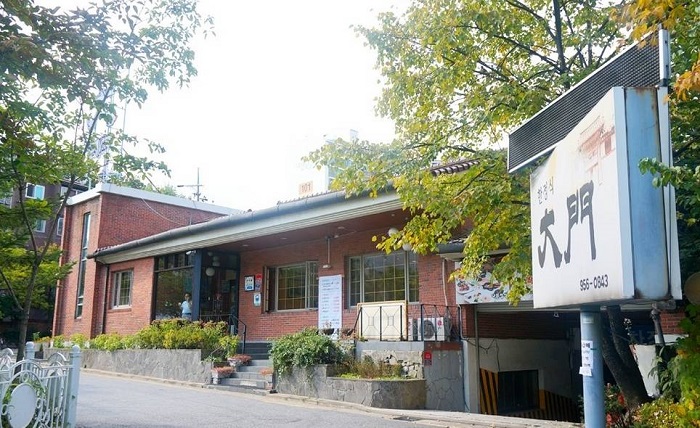
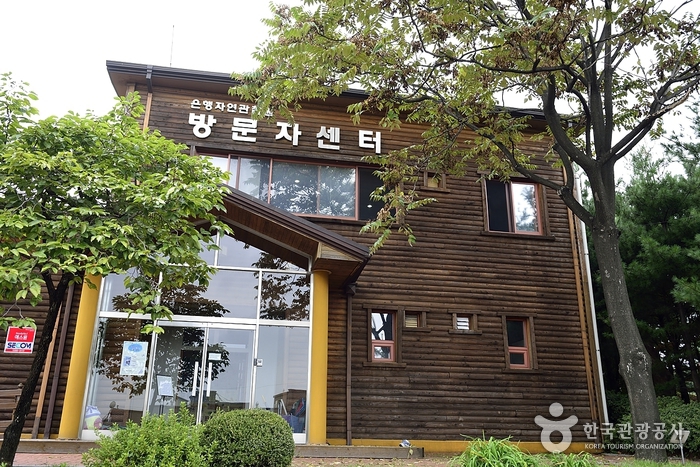
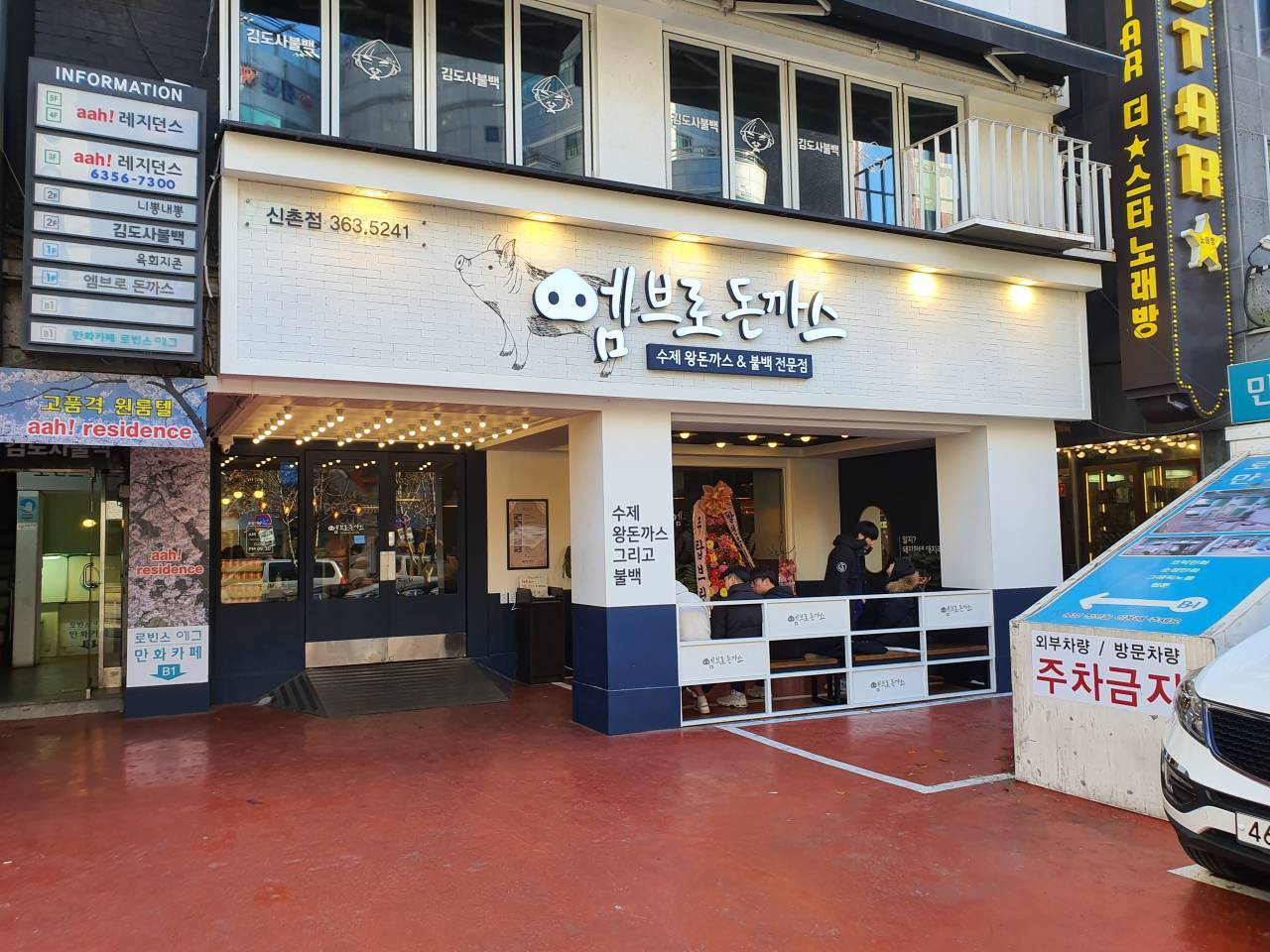

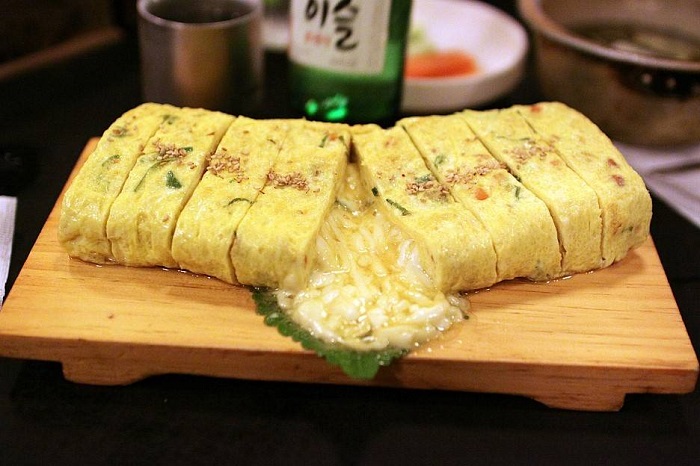
 Español
Español
 한국어
한국어 English
English 日本語
日本語 中文(简体)
中文(简体) Deutsch
Deutsch Français
Français Русский
Русский